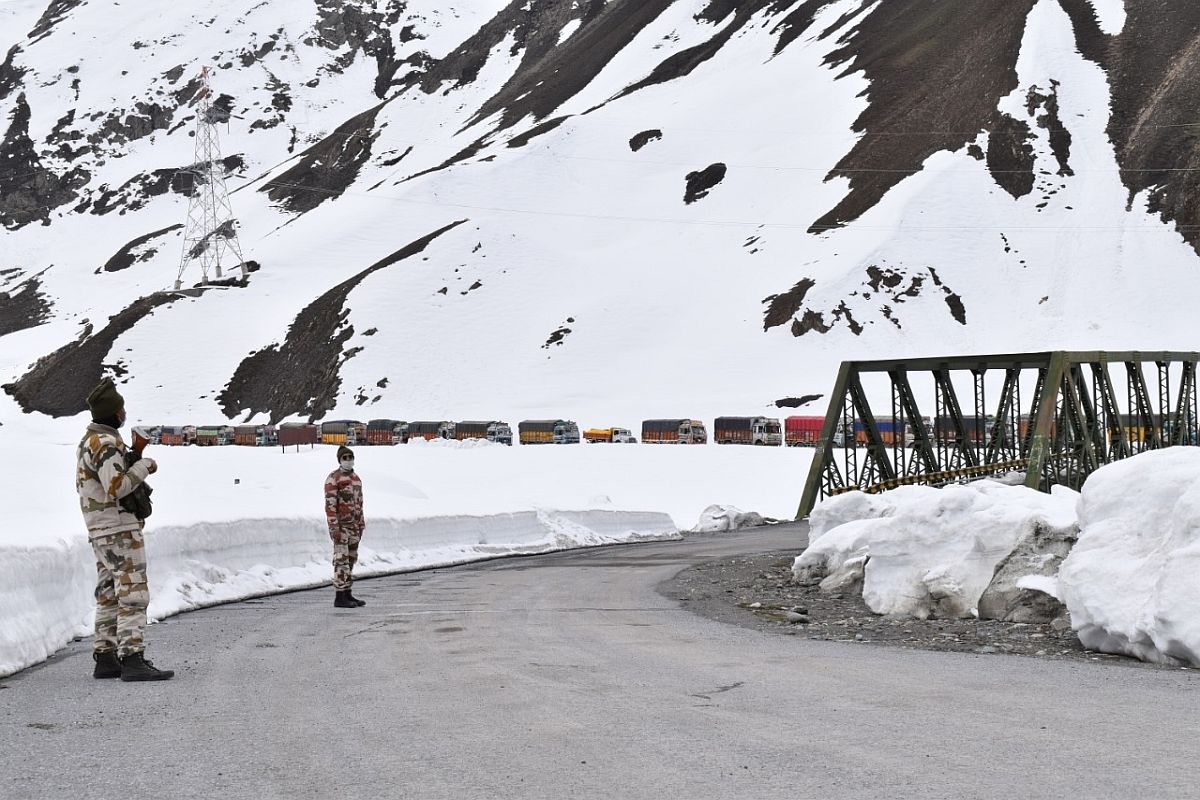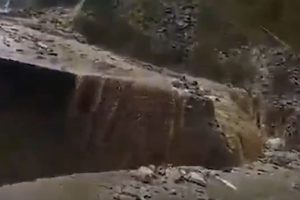China on Wednesday said it does not wish to see more clashes along the Line of Actual Control (LAC) amid heightened tensions between Delhi and Beijing following a violent face-off between the troops of both sides at Galwan valley in Ladakh on the intervening night of June 15 and 16.
Speaking to reporters, Chinese Foreign Ministry spokesperson Zhao Lijian said the sovereignty of the Galwan valley area has always belonged to China.
He further alleged that the Indian border troops “flip-flopped” and “seriously violated” China’s border protocols on border-related issues and the consensus of commander-level talks.
Beijing also asked India to “strictly discipline its frontline troops, stop infringing and provocative activity at once, work with China and come back to the right track of resolving differences through dialogue and talks”.
The official claimed that China is having communication through diplomatic and military channels adding that the country is not to be blamed for the clashes at LAC.
“The right and wrong of this is very clear… The incident happened on the Chinese side of LAC and China is not to be blamed for it,” Lijian said.
An unprecedented violent clash took place in Galwan Valley at the Line of Actual Control in eastern Ladakh with Chinese People’s Liberation Army soldiers attacking a small group of Indian Army men on patrol, resulting in fatalities which included the commanding officer of the Indian Army.
The intensity of the fight increased with reinforcements from the both sides and it continued until late night till the time they got exhausted. Many Indian soldiers went missing during the fight. Early on Tuesday morning, both Indian and Chinese top military officials rushed and called for a meeting to defuse the situation.
As many as 20 Indian Armymen including officers were killed in the face-off while the the Chinese side is learnt to have suffered over 40 casualties including dead and seriously injured.
India had earlier hit out at China for “unilaterally” attempting to change the status quo along the Line of Actual Control (LAC) in Eastern Ladakh, which led to the killings of troops of both the countries in a violent clash on Monday night.
According to an AFP report, the soldiers were not shot but were killed in hand-to-hand combat on Indian territory. The soldiers threw punches and stones at each other and the Chinese troops allegedly used rods and nail-studded clubs during the fight that lasted for hours until midnight on Monday.
China’s defence ministry confirmed that the incident had resulted in casualties but did not give details. China has justified the censorship about the casualties of its troops arguing that it was a goodwill gesture from Beijing.
These are the first casualties faced by the Indian Army in clash with the People’s Liberation Army since 1975 when an Indian patrol was ambushed by Chinese troops in Arunachal Pradesh.
Several areas along the LAC in Ladakh and North Sikkim have witnessed major military build-up by both the Indian and Chinese armies recently, in a clear signal of escalating tension and hardening of respective positions by the two sides.
The nearly 3,500-km-long LAC is the de-facto border between the two countries.
Indian and Chinese troops have remained engaged in an eyeball-to-eyeball situation in several areas along the LAC in eastern Ladakh, signalling that the standoff could become the biggest military face-off after the Doklam crisis in 2017.
The trigger for the face-off was China’s stiff opposition to India laying a key road in the Finger area around the Pangong Tso Lake besides construction of another road connecting the Darbuk-Shayok-Daulat Beg Oldie road in Galwan Valley.











